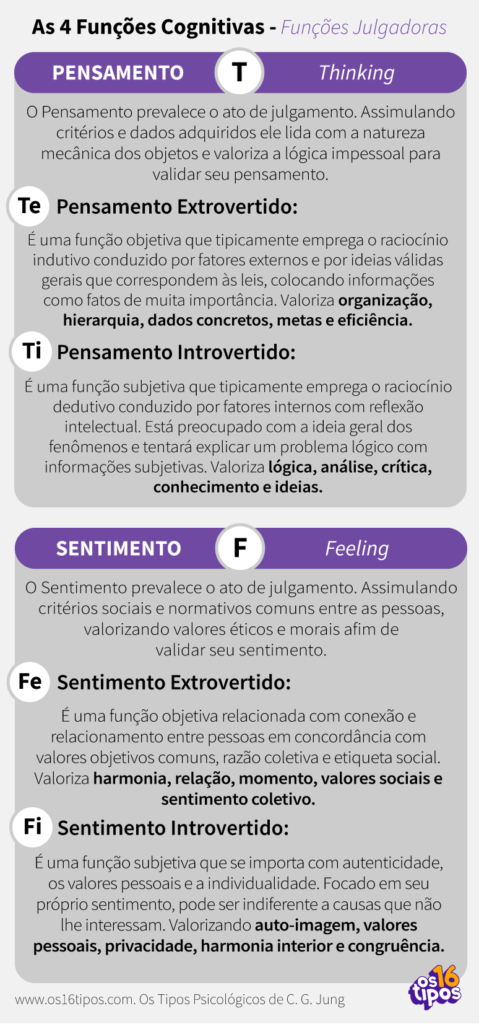 Our progress in this space has been gradual because of the inherent bias toward signaling molecules which have already been recognized. To take the following step ahead, Quais são Os 5 tipos De caráter? we need to assess the molecular events that are initiated after several types of train (following acclimatization) that result in comparable muscular variations in an unbiased manner. Alterations in energy, mass, and neural diversifications with resistance train over time. Resistance train research (8 to 12 wk of training) show an early increase in strength on account of neural diversifications.
Our progress in this space has been gradual because of the inherent bias toward signaling molecules which have already been recognized. To take the following step ahead, Quais são Os 5 tipos De caráter? we need to assess the molecular events that are initiated after several types of train (following acclimatization) that result in comparable muscular variations in an unbiased manner. Alterations in energy, mass, and neural diversifications with resistance train over time. Resistance train research (8 to 12 wk of training) show an early increase in strength on account of neural diversifications.VACUUM ANALOGY FOR LACTATE SHUTTLE
Acute studies have suggested that there's a load-dependent improve in mTORC1 activity after resistance train that correlates with the resulting improve in muscle mass following coaching (Baar and Esser 1999). The improve in mTORC1 exercise is the result of signaling through a PI3K/Akt-independent RxRxxS/T kinase (Jacobs et al. 2013a). Similarly, the position of mTORC1-independent mechanisms, similar to myostatin signaling and ribosomal biogenesis, requires more research earlier than their position in training-induced muscle hypertrophy is known. Exercise is generally separated into aerobic/endurance and power/strength activities. Endurance exercise is classically carried out in opposition to a comparatively low load over an extended period, whereas strength exercise is carried out in opposition to a comparatively high load for a brief length. Most actions combine endurance and strength and this sort of training has been termed concurrent exercise. Classic endurance coaching is known to result in enhanced cardiac output, maximal oxygen consumption, and mitochondrial biogenesis (Holloszy 1967; Coyle et al. 1983, 1986, 1988; Holloszy and Coyle 1984; Favier et al. 1986).
Specifically, hypertrophy has been observed nearly solely following training for biking. Future studies ought to search to implement different modes of endurance train such as working using different loads/modes (uphill vs. flat) with the identical volume to find out whether or not this impacts MPS acutely and muscle measurement following training. From a mechanistic standpoint, subsequent studies will need to assess the contributions of feeding, Quais são os 5 tipos de caráTer? myostatin signaling, and other mTOR-independent mechanisms towards endurance-related muscle hypertrophy. As with endurance training, a shift in the present muscle hypertrophy paradigm seems to be rising because recent proof suggests that load doesn't determine the rise in CSA that occurs with energy coaching.
 In these studies, lifting a low load to optimistic failure produces equal hypertrophy to using a excessive load and fewer repetitions to achieve failure (Mitchell et al. 2012; Ogasawara et al. 2013; Schoenfeld et al. 2015; Morton et al. 2016). In the model new paradigm, momentary muscular failure is important for hypertrophy.
In these studies, lifting a low load to optimistic failure produces equal hypertrophy to using a excessive load and fewer repetitions to achieve failure (Mitchell et al. 2012; Ogasawara et al. 2013; Schoenfeld et al. 2015; Morton et al. 2016). In the model new paradigm, momentary muscular failure is important for hypertrophy.Examples of the principle of specificity
The total improvement in each central and peripheral tissues allows for enhanced exercise economy and a larger ability for an individual to run for longer distances and instances (Brooks 2011). In contrast, power training ends in increases in muscle dimension (cross-sectional space [CSA]), neural diversifications (motor output), and improved strength (maximal pressure production) (Narici et al. 1989; Staron et al. 1991; Pyka et al. 1994; Häkkinen et al. 1998a). These positive alterations in physical capacity permit an individual to be stronger, more highly effective, and keep a better quality of life all through the life span (Visser et al. 2005; Goodpaster et al. 2006; Newman et al. 2006). Endurance training results in adaptations in each the cardiovascular and musculoskeletal system that helps an total improve in exercise capacity and efficiency (Brooks 2011). Traditional LSD coaching entails a person sustaining a submaximal workload for a long period of time, or successfully completing a set distance/time via a higher than common power output (Coyle 1995).
With prolonged power coaching, muscle mass slowly increases and drives the later modifications in energy after neural diversifications start to plateau. Finally, at the elite stage, people present small modifications in all three core adaptations that accompany strength training. At this level, new stimuli (possibly focusing on the extracellular matrix [ECM]) are wanted to increase energy. In conclusion, understanding the science behind endurance coaching could be difficult as a result of individualized responses to train and biochemical modifications at the mobile stage. This article mentioned the idea of the intracellular lactate shuttle, which strikes lactate from muscle fibers with out mitochondria into fibers with excessive mitochondrial density. Increasing mitochondrial density by way of cardio base coaching can expand the lactate "vacuum" size and improve endurance. An necessary side to all coaching variations, be they power or endurance, is genetics (Bouchard et al. 2011).
Trail running training group







